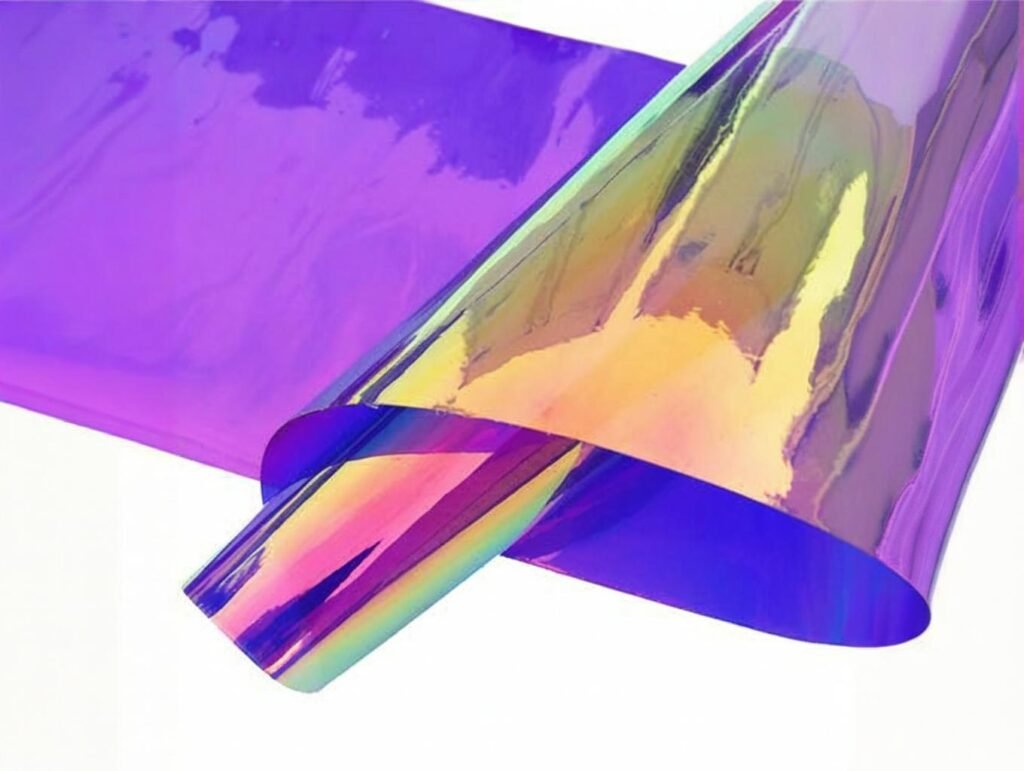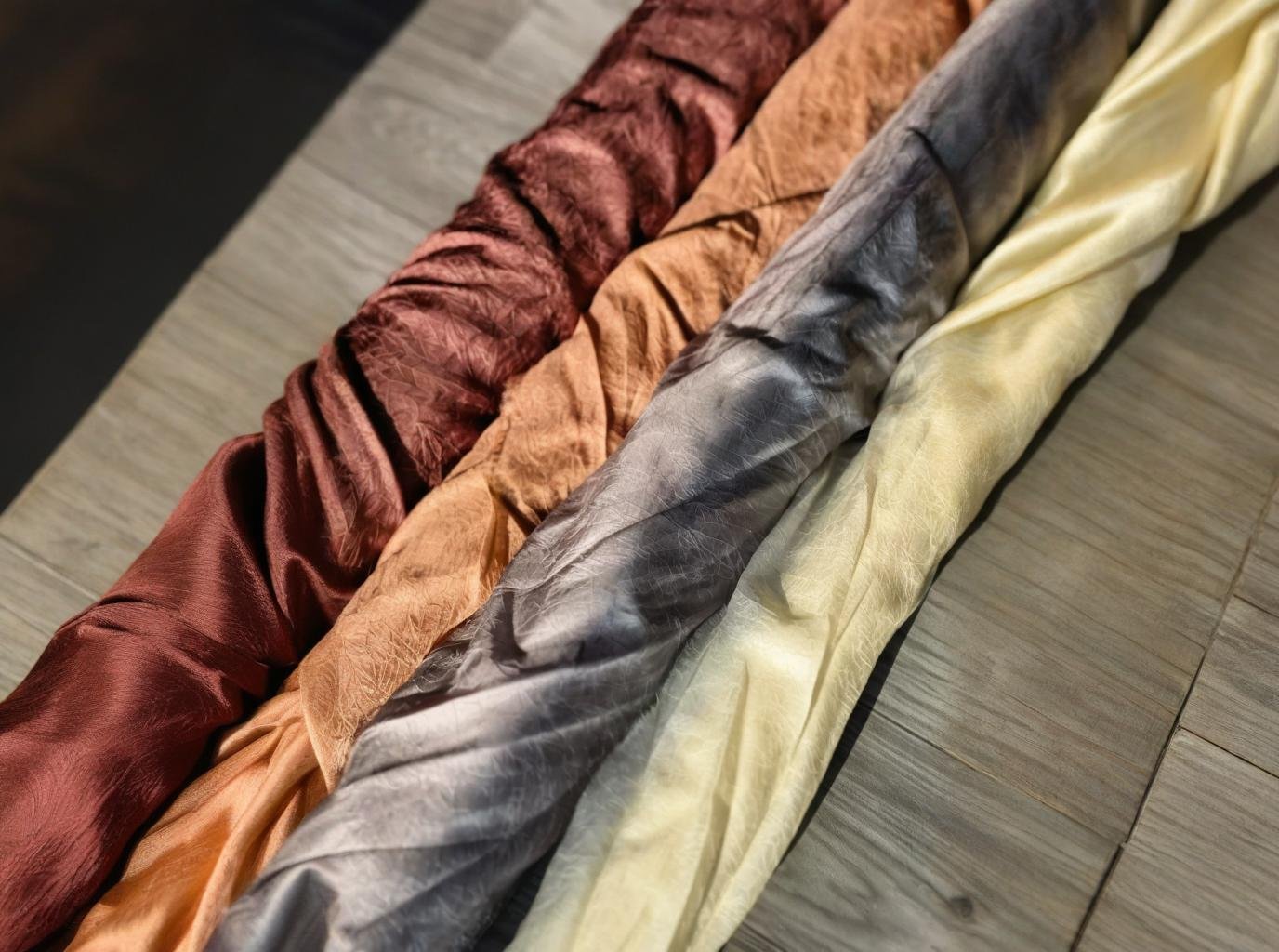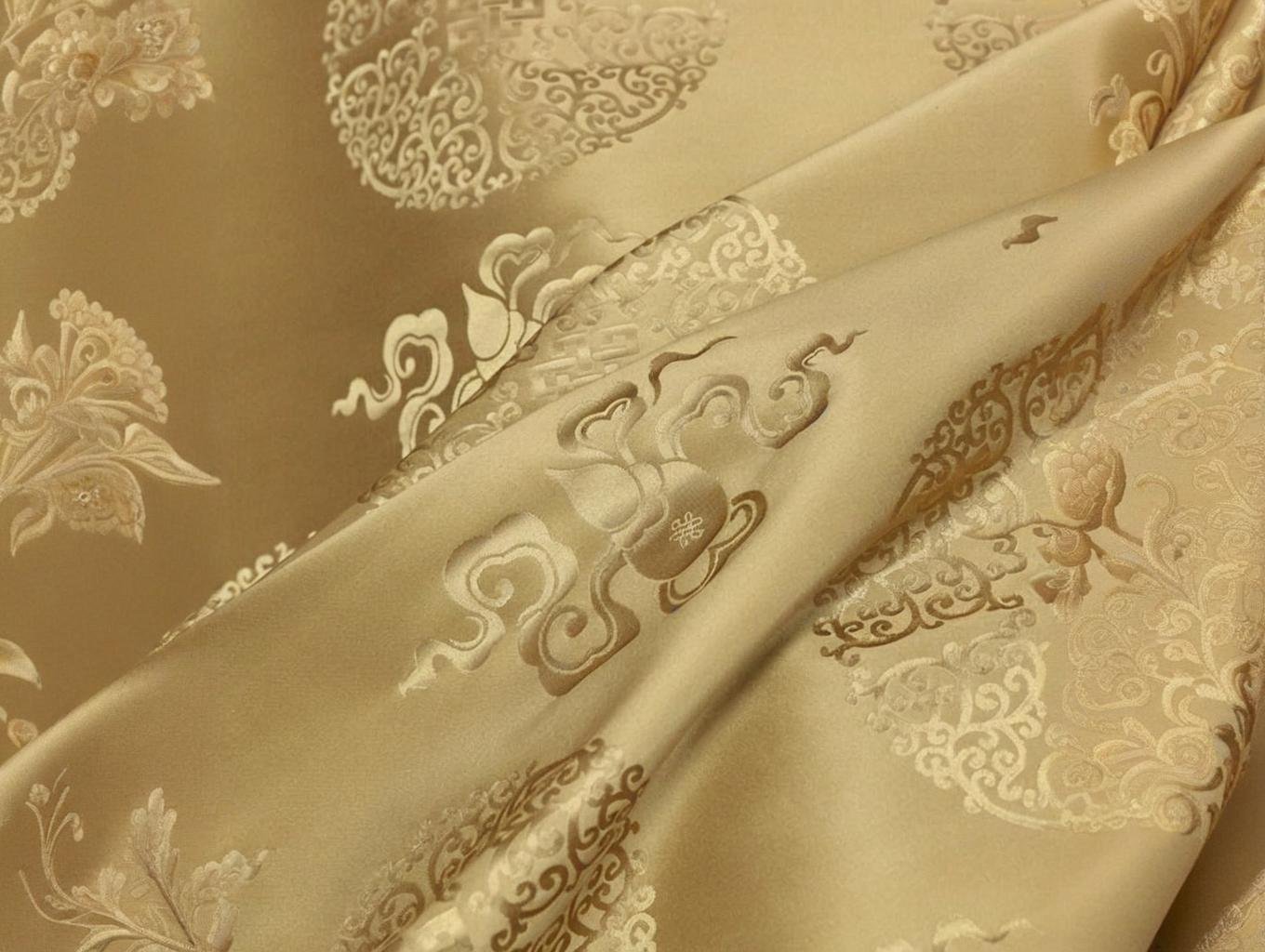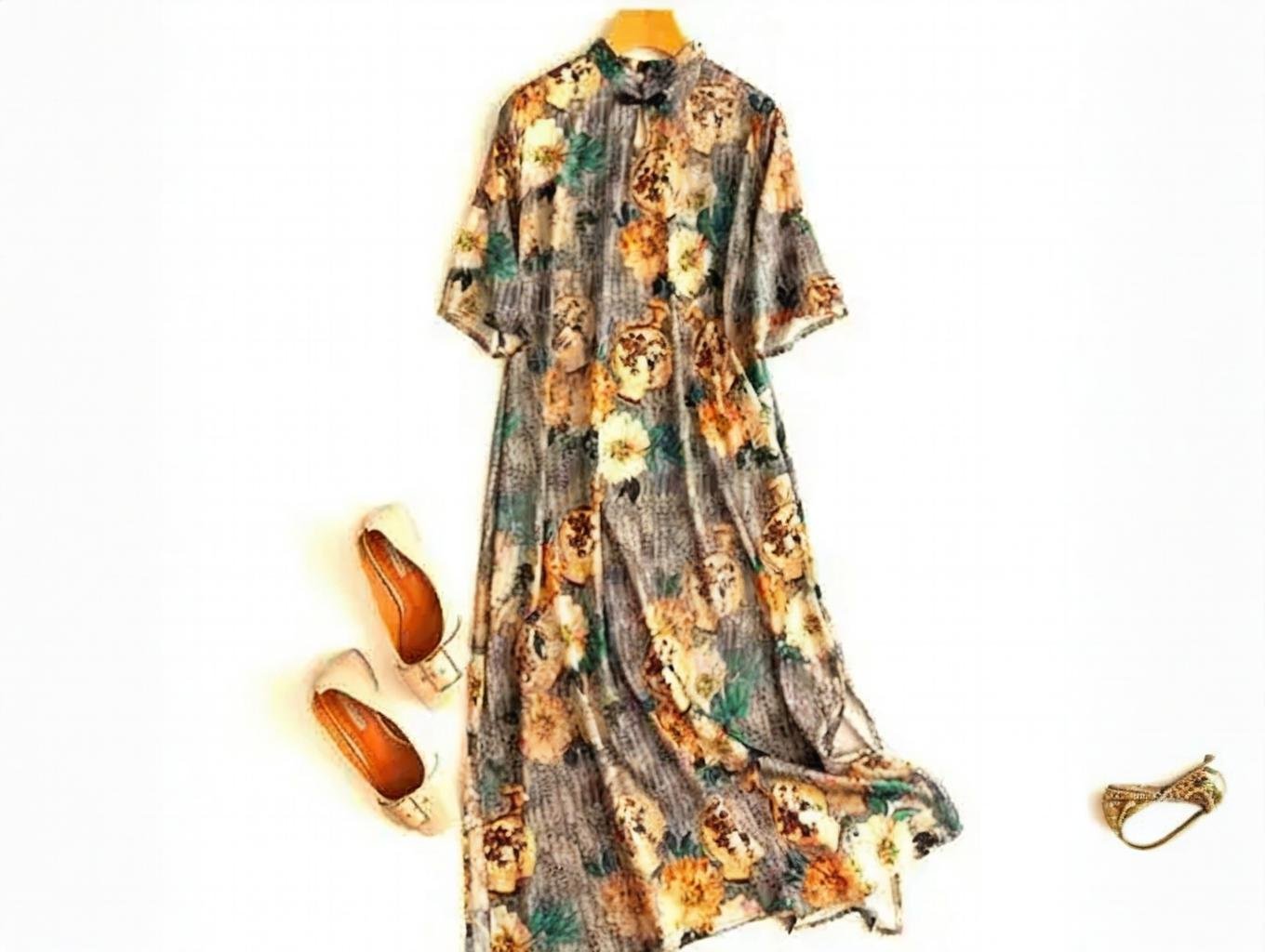What Is Marine Vinyl Fabric and Why Is It Essential for Boat Upholstery?

When it comes to outfitting boats, not all fabrics are created equal. Harsh sunlight, saltwater spray, high humidity, and frequent temperature changes demand a material that can endure without cracking, fading, or losing its structure. This is where marine vinyl fabric comes in—a material specifically engineered to meet the extreme demands of marine environments while delivering both durability and style. If you’re working with boat cushions, seats, paneling, or cabin interiors, choosing the wrong fabric can cost you in premature wear and customer dissatisfaction.
Marine vinyl fabric is a synthetic, UV-resistant, waterproof material designed for boat upholstery, offering superior durability, mold resistance, and easy cleaning compared to standard vinyl or fabric options.
But what exactly makes marine vinyl so special, and how does it outperform standard alternatives? Whether you’re outfitting luxury yachts, fishing boats, or personal pontoons, understanding marine vinyl’s core features and manufacturing secrets will help you make smarter material decisions. Let’s dive into the science, application, and sourcing of marine-grade vinyl fabric—and why top marine upholstery professionals swear by it.
1. What Makes Marine Vinyl Fabric Different from Regular Vinyl?
Marine vinyl differs from standard vinyl in several critical ways—primarily its resistance to the elements. While regular vinyl is often used in indoor furniture or fashion accessories, marine vinyl is built for UV, mildew, and salt resistance. It’s also thicker and coated with specialized top layers that extend its life span in outdoor and marine conditions.
Unlike regular vinyl, marine vinyl features advanced UV stabilizers, antibacterial coatings, and waterproof layers, making it suitable for prolonged exposure to sunlight, saltwater, and moisture.
Key Distinctions Between Marine and Regular Vinyl
- Material Composition & Additives Marine vinyl contains specific plasticizers and stabilizers that prevent brittleness from sun exposure. These components also enhance flexibility in cold conditions.
- UV Resistance Ratings Marine vinyl is often rated with 500 to 1000+ hours of UV protection (ASTM G154 standard), whereas regular vinyl might only last 100-200 hours before fading.
| Feature | Marine Vinyl | Regular Vinyl |
|---|---|---|
| UV Resistance | 500–1000+ hours | 100–200 hours |
| Mold & Mildew Resistance | Yes (with antibacterial coating) | No |
| Waterproof Layer | Multi-layer with polyester backing | Single layer |
| Thickness | 0.8mm – 1.2mm (typically) | 0.5mm – 0.8mm |
| Outdoor Longevity | 5–10 years | 1–3 years |
- Backings & Reinforcements Marine vinyl is often reinforced with polyester or fleece backing, providing stretch and anti-puncture resistance.
- Colorfastness Color doesn’t just sit on the surface—it’s infused in marine vinyl using fade-resistant pigments. This is essential in retaining visual appeal under sunlight.
- Application-Based Engineering Marine vinyl also often passes tests for flame retardancy (NFPA 701), abrasion resistance (ASTM D4157), and cold crack flexibility (down to -25°C), making it a far superior choice in performance-driven scenarios.
2. How Is Marine Vinyl Manufactured to Withstand Harsh Marine Conditions?
Marine vinyl is engineered through a multi-stage process that enhances its resilience under extreme outdoor and aquatic conditions. The production process integrates heat-fused layering, UV-stabilizing treatments, and antimicrobial technologies—all working together to make the fabric marine-grade.
Marine vinyl is manufactured by layering PVC with UV inhibitors, waterproof coatings, and polyester mesh backing through a calendaring or extrusion process, followed by embossing and finishing with protective topcoats.
Step-by-Step Breakdown of Marine Vinyl Production
- 1. Base Layer – Reinforced Polyester Mesh This foundational fabric is designed to give strength and dimensional stability. It forms the “skeleton” that marine vinyl is built around.
- 2. Vinyl Layering – With Plasticizers & Stabilizers PVC (polyvinyl chloride) is added with performance-enhancing additives like:
- UV stabilizers (such as Tin Mercaptides or Benzotriazoles)
- Plasticizers (like DINP or DOTP for cold flexibility)
- Flame retardants (e.g., Antimony Trioxide)
- 3. Calendaring or Extrusion The vinyl mixture is either calendared through heated rollers or extruded onto the polyester base, ensuring strong adhesion.
- 4. Embossing & Texturing Surface textures (like leather grain or matte finish) are created for both aesthetics and anti-slip grip.
- 5. Topcoat Finishing A UV- and mildew-resistant topcoat—often a clear acrylic or urethane—is added to provide stain resistance and cleaning ease.
| Manufacturing Stage | Purpose |
|---|---|
| Polyester Mesh | Strength & dimensional stability |
| PVC with Additives | Waterproofing, UV & flame resistance |
| Calendaring/Extrusion | Adhesion & structural integrity |
| Embossing | Aesthetic texture and grip |
| Topcoat Finish | Final protection from dirt & sunlight |
- Sustainability Innovations Some modern manufacturers now offer phthalate-free marine vinyl, or use recycled polyester backing, catering to the rising demand for eco-conscious upholstery.
- Real-World Case Insight A 2023 case study from a Florida-based yacht restoration company showed that switching from standard vinyl to marine vinyl increased the average lifespan of boat seat covers from 2 years to 7 years, even under full sun and high humidity.
3. What Are the Key Properties of High-Quality Marine Vinyl?
High-quality marine vinyl stands apart due to its technical performance across several dimensions—durability, UV resistance, comfort, and cleanability. Whether used on fishing boats or luxury yachts, these properties directly impact user experience, product longevity, and maintenance costs.
The key properties of premium marine vinyl include UV resistance, waterproofing, mildew resistance, abrasion durability, and ease of maintenance, making it ideal for long-term outdoor use in marine environments.
Understanding the Critical Performance Metrics
- UV Resistance & Fade Protection The best marine vinyl fabrics offer UV protection levels rated at 1000 hours or more under ASTM G154 or ISO 4892-2 testing. This prevents yellowing, chalking, and fading—common issues in low-grade vinyls.
- Cold Crack Resistance Top marine vinyls can remain flexible in temperatures as low as -25°C (-13°F), important for users in northern climates or during winter boat storage.
- Abrasion & Tear Resistance Tested with ASTM D4157 or Wyzenbeek method, high-end marine vinyl withstands 50,000–100,000 double rubs, ideal for frequently used seating.
- Mold & Mildew Inhibition Built-in biocides or anti-fungal agents prevent mildew stains and unpleasant odors, especially critical in humid coastal regions.
- Waterproof Structure Marine vinyl is 100% waterproof due to its layered construction and sealed surface. It often includes a knit or non-woven backing that resists water absorption.
- Stain Resistance & Easy Cleaning The protective outer coating makes it easy to clean with soap and water. Many brands now integrate nanotechnology or antimicrobial treatments (e.g., Silver Ion coatings).
| Property | Typical Value for High-Grade Marine Vinyl |
|---|---|
| UV Protection | 1000+ hours (ASTM G154) |
| Cold Crack Resistance | Down to -25°C |
| Abrasion Resistance | 50,000+ double rubs |
| Mildew Resistance | Built-in antimicrobial treatment |
| Cleaning | Soap & water; bleach-safe (up to 10%) |
- Real-Use Feedback Example A yacht maintenance company in Sydney reported 80% fewer service calls for mildew-related damage after switching to marine vinyl with nano-biocidal coatings.
- Comfort & Aesthetic Finish Marine vinyl is now available in breathable faux-leather textures, matte-finished neutrals, and even metallics. These options meet both practical and stylistic requirements, especially for premium marine brands.
4. Why Is Marine Vinyl the Preferred Choice for Boat Upholstery?
Boat owners, designers, and upholsterers choose marine vinyl over other materials for one simple reason: it works. Its proven performance in salt, sun, and spray gives it a track record that other fabrics—like canvas or untreated leather—simply can’t match.
Marine vinyl is preferred for boat upholstery due to its long-lasting waterproof performance, UV resistance, low maintenance, and aesthetic flexibility, making it ideal for both functional and luxury marine settings.
Comparative Advantages That Make It a Go-To Material
- Longevity in Saltwater Environments Salt accelerates fabric degradation. Marine vinyl’s non-porous surface repels saltwater, reducing the risk of corrosion on backing components and foam underneath.
- Custom Fit for Marine Applications The material can be heat-stretched and stapled, allowing custom-fit applications for boat seats, cushions, consoles, and wall panels.
- Cost vs. Performance Marine vinyl offers one of the best cost-per-year ratios in the marine industry. A vinyl seat cover costing $45 can last over 5 years, while a canvas alternative may degrade in just 1–2 years under the same exposure.
| Material | Avg. Lifespan | Cost per Linear Yard | Maintenance Frequency |
|---|---|---|---|
| Marine Vinyl | 5–10 years | $20–$40 | Low |
| Marine Canvas | 2–3 years | $15–$25 | Moderate |
| Synthetic Leather | 3–5 years | $25–$50 | High |
- Installation Efficiency Due to its flexibility and backing options, marine vinyl is easier to work with during boat refurbishments or new upholstery setups. Stapling, stretching, and trimming can be done without specialized tools.
- Aesthetic Versatility Available in over 200 colors and multiple grain textures, marine vinyl helps boat owners create customized interiors—from classic white marine seats to bold, branded luxury lounges.
- Testimonial Insight A custom boat builder in Miami shared that switching from synthetic leather to marine vinyl reduced post-sale maintenance requests by over 60%, and boosted repeat orders due to improved satisfaction with interior quality.
5. How Does Marine Vinyl Compare to Other Marine Upholstery Materials?
While marine vinyl is a top performer, it isn’t the only fabric used in boat upholstery. Alternatives like marine canvas, Sunbrella fabric, leather substitutes, and PVC-coated mesh are also available. But when durability, moisture resistance, and long-term value are considered, marine vinyl consistently comes out ahead.
Compared to other marine upholstery fabrics, marine vinyl offers superior waterproofing, UV protection, and long-term performance with less maintenance—making it the best all-around material for boat seating and trim.
Comparing Marine Vinyl vs. Alternatives
- Marine Vinyl vs. Marine Canvas Marine canvas is breathable and ideal for covers or tops, but it absorbs water and stains easily when used for seating. Vinyl, being non-porous, is much better suited for high-traffic, wet areas like cushions and backrests.
- Marine Vinyl vs. Sunbrella Fabric Sunbrella is acrylic-based and great for outdoor UV protection. While it’s highly colorfast and breathable, it lacks the waterproof and anti-mildew performance of marine vinyl in seating contexts.
- Marine Vinyl vs. Faux Leather / PU Leather PU leather offers a luxurious feel but is more prone to cracking and wear under UV exposure. Marine vinyl is engineered to resist sun damage, making it more suitable for boat applications.
- Marine Vinyl vs. Mesh Fabric (Textilene) PVC-coated mesh is great for sling-style seating or flooring, but doesn’t provide the cushioning or premium look that marine vinyl does for upholstery.
| Material | Waterproof | UV Resistance | Comfort | Ideal Use |
|---|---|---|---|---|
| Marine Vinyl | Yes | Excellent | Cushioned | Boat seats, trim, panels |
| Marine Canvas | No (absorbent) | Good | Rougher | Covers, awnings |
| Sunbrella | Moderate | Excellent | Breathable | Outdoor shades, light upholstery |
| PU Leather | Moderate | Poor to Moderate | Soft | Indoor marine applications only |
| Mesh (Textilene) | Yes | Excellent | Firm | Flooring, outdoor seating |
- Use-Case Recommendation Matrix
| Application | Best Material | Reason |
|---|---|---|
| Helm seating | Marine Vinyl | Water-resistant, UV stable, padded |
| Boat top covers | Marine Canvas | Breathable and shape-retentive |
| Luxury cabin interiors | PU Leather (indoor use only) | High-end look |
| Sun loungers on deck | Vinyl or Sunbrella | UV resistance + color durability |
| Folding chairs or deck mesh | PVC-Coated Mesh | Quick-drying, breathable, mildew-proof |
- Professional Insight A marine interior design firm in Italy reports that over 85% of their seat installations now use marine vinyl due to ease of cleaning, durability, and high customer satisfaction.
6. What Are the Common Applications of Marine Vinyl Beyond Boats?
Marine vinyl is not just limited to the nautical world. Thanks to its impressive resilience and finish quality, it has found a place across multiple industries where moisture, UV exposure, and rough usage are common.
Beyond boats, marine vinyl is widely used in RV interiors, outdoor furniture, medical seating, golf carts, hospitality seating, and even commercial transit upholstery due to its water-resistance, stain-resistance, and durability.
Cross-Industry Uses of Marine Vinyl
- Recreational Vehicles (RVs) Marine vinyl is ideal for RV seating, dashboard trims, and convertible sleeping surfaces because of its resistance to spills, sunlight, and frequent use.
- Outdoor Furniture Patio chairs, sunbeds, and poolside lounges benefit from marine vinyl’s UV stability and easy-to-clean surface.
- Medical Furniture & Gym Equipment Vinyl with antibacterial finishes is used in examination tables, gym benches, and waiting room seating to allow frequent disinfection without surface degradation.
- Hospitality & Restaurant Seating High-traffic areas like hotel lobbies, cafes, or bars often use marine-grade vinyl in booths and stools due to its scratch resistance and luxurious faux-leather look.
- Public Transportation Marine vinyl is widely used on bus, train, and subway seats—particularly in regions with high humidity—thanks to its anti-microbial and abrasion-resistant properties.
| Industry | Common Application | Why Marine Vinyl Works Well |
|---|---|---|
| RVs | Seating, trim panels | UV resistance, durability, easy cleaning |
| Outdoor Furniture | Chairs, lounges, pool covers | Waterproof, fade-proof, stylish |
| Healthcare | Exam tables, dental chairs | Antibacterial, bleach-cleanable |
| Fitness | Workout benches, mats | Stain-resistant, abrasion-proof |
| Restaurants | Bar stools, booths | Aesthetic + heavy-use performance |
| Public Transit | Train/bus seats | Anti-graffiti, fire-rated, long life |
- Real-World Example A commercial outdoor furniture manufacturer in Australia switched to marine vinyl and reported a 40% increase in product lifespan and a 30% drop in post-sale warranty claims due to weather damage.
- Design Flexibility Marine vinyl can be printed, embossed, or even perforated for ventilation. This makes it ideal for branded environments or design-conscious clients who want both form and function.
7. How to Choose the Right Marine Vinyl Fabric for Your Project?
Choosing the right marine vinyl isn’t just about color and texture—it’s about finding the right balance between performance, budget, and application needs. A poor choice can lead to premature cracking, mold buildup, or costly reupholstery, especially in harsh marine environments.
To choose the right marine vinyl fabric, evaluate UV protection, abrasion resistance, waterproof rating, backing type, flame retardancy, and certification, all while considering the intended marine or outdoor use.
Key Factors to Consider When Selecting Marine Vinyl
- 1. Application Area Determine if the vinyl is for seating, wall panels, or trim. Seating requires higher abrasion resistance and flexibility, while paneling can accept stiffer materials.
- 2. UV & Mildew Resistance Look for products rated for at least 1000 hours of UV protection and certified anti-microbial properties—especially for open-deck or coastal applications.
- 3. Backing Type Knit, fleece, or foam backing adds dimensional stability and softness. Knit is standard for most upholstery; fleece-backed vinyls offer better grip and padding.
- 4. Abrasion & Tear Strength Check Wyzenbeek or Martindale test results (preferably >50,000 double rubs) for high-traffic areas like helm chairs or public marine seating.
- 5. Cold Crack Rating Particularly important in northern regions, cold crack values should go down to at least -20°C.
- 6. Flame Retardancy Required in commercial marine environments (check for FMVSS 302, IMO A652 standards).
- 7. Colorfastness & Customization Choose pigmented marine vinyls that resist fading. Custom dye lots may be available for large orders.
| Selection Criteria | Recommended Value / Standard |
|---|---|
| UV Resistance | ≥1000 hrs (ASTM G154) |
| Mildew Resistance | Antibacterial additive built-in |
| Abrasion Resistance | ≥50,000 Wyzenbeek double rubs |
| Cold Crack Resistance | ≤ -20°C |
| Fire Safety Certification | FMVSS 302 / IMO A652 |
| Backing Type | Knit or fleece |
| Thickness Range | 0.8mm–1.2mm (for most upholstery use) |
- Buying Tip Request cut swatches to test for color accuracy, surface softness, and stretch before confirming large quantities. Vinyl feel can vary significantly across suppliers.
- Case Highlight A Canadian marina supply company reduced upholstery returns by 70% after adopting a 5-point inspection checklist (UV, flame, thickness, backing, certification) when sourcing marine vinyl.
8. What Certifications and Standards Should You Look for in Marine Vinyl?
Certifications aren’t just checkboxes—they ensure your marine vinyl meets safety, durability, and environmental expectations. Especially in commercial and international settings, choosing certified marine vinyl can be the difference between approval and rejection.
Key certifications for marine vinyl include flame retardancy (FMVSS 302, IMO A652), UV resistance (ASTM G154), abrasion standards (ASTM D4157), and environmental safety (RoHS, REACH).
Compliance, Safety, and Quality Standards in Marine Vinyl
- Flame Retardancy Standards
- FMVSS 302: Mandatory for marine vehicles in the U.S.
- IMO A.652(16): Required in commercial ships, ferries, and cruise upholstery.
- Environmental & Chemical Safety
- RoHS (EU Directive 2002/95/EC): Ensures no lead, mercury, or other restricted substances.
- REACH (EU Regulation 1907/2006): Ensures no harmful SVHCs (Substances of Very High Concern).
- California Prop 65: For products entering the California market—labels for specific chemicals.
- Durability Testing
- ASTM D4157 (Wyzenbeek): Abrasion resistance standard.
- ASTM G154 / ISO 4892-2: UV resistance for outdoor performance.
- ASTM D751: Water penetration resistance.
- ISO 3795: Flame propagation in transportation textiles.
- Marine-Specific Labels to Look For
- ABYC H-31: Upholstery and interior standards for boat safety.
- Greenguard Certified: Low VOC emissions for health-conscious buyers.
- Biocide-Treated Labels: Indicates mildew-resistant finishing.
| Certification | What It Means | Who Requires It |
|---|---|---|
| FMVSS 302 | Fire safety for marine vehicles | USA transport/marine |
| IMO A.652 | Flame spread for maritime interiors | International marine compliance |
| RoHS / REACH | No restricted hazardous substances | EU market |
| ASTM G154 | UV exposure testing | Global (indoor/outdoor vinyl) |
| ABYC H-31 | Interior finish standard for boat cabins | Boat manufacturers |
- Sustainability Push Eco-conscious brands are now sourcing phthalate-free marine vinyl with biodegradable or recycled backings. Ask suppliers for GreenGuard or ISO 14001 certifications if environmental impact is part of your sourcing criteria.
- Sourcing Tip Always request Material Safety Data Sheets (MSDS) and certification copies when working with new suppliers, especially for OEM applications or public infrastructure projects.
Why Marine Vinyl Is the Smart Choice for Performance & Longevity
Marine vinyl is more than a rugged fabric—it’s a smart investment in comfort, durability, and long-term satisfaction. Whether you’re upholstering a luxury yacht or outfitting a fleet of fishing boats, its weatherproof performance, design versatility, and compliance standards make it the clear choice for demanding environments.
For furniture makers, interior designers, and fabric specifiers, marine vinyl bridges the gap between functionality and style, enabling products that withstand years of use without compromising appearance or user experience.
Looking for Premium Marine Vinyl Fabric with Custom Options?
SzoneierFabrics is a trusted manufacturer of marine vinyl and custom textile solutions, offering:
- ✅ Tailored specs for different climates and markets
- ✅ Low MOQ and fast sampling
- ✅ Anti-UV, waterproof, mold-resistant options
- ✅ REACH, RoHS, ISO-compliant production
Contact us today to get your free sample or custom quote!
marine vinyl fabric, boat upholstery material, waterproof vinyl fabric, UV resistant marine vinyl, marine grade vinyl, marine upholstery fabric, vinyl for boats, boat seat fabric, marine vinyl supplier, custom marine vinyl, outdoor vinyl fabric, mildew resistant vinyl, marine fabric for cushions, heavy duty vinyl fabric, flame retardant vinyl, marine vinyl roll, vinyl fabric for RVs, marine vinyl for furniture, vinyl for outdoor seating, commercial boat upholstery, boat fabric material, marine upholstery vinyl roll, marine grade faux leather, anti-microbial vinyl fabric, marine vinyl fabric wholesale, marine vinyl vs canvas, best fabric for boat seats, vinyl upholstery for yachts, eco-friendly marine vinyl, vinyl for marine seating
Can't find the answers?
No worries, please contact us and we will answer all the questions you have during the whole process of bag customization.
Make A Sample First?
If you have your own artwork, logo design files, or just an idea,please provide details about your project requirements, including preferred fabric, color, and customization options,we’re excited to assist you in bringing your bespoke bag designs to life through our sample production process.



